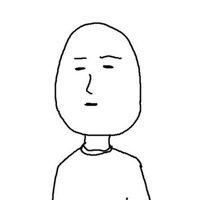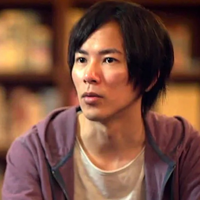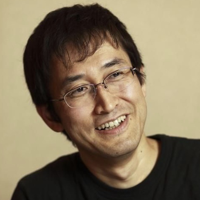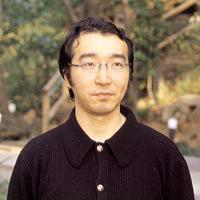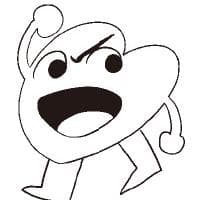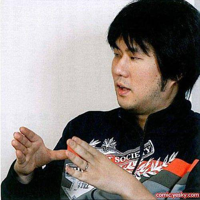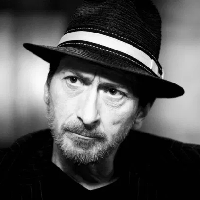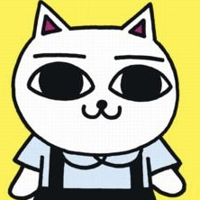ONE MBTI 성격 유형
인격
"ONE은 어떤 성격 유형입니까? ONE은 mbti의 INTP 성격 유형입니다. enneagram의 4w5 - sp/so - , big 5의 RCUAI, socionics의 SLI입니다."
To say that there's not enough information to type him is ridiculous. If typology was biographical instead of psychological, then you'd have a point. And besides, an artist's work is virtually autobiographical. You can derive their beliefs and philosophies if you read between the lines. OPM favours Ti/Fe over Te/Fi: Saitama's intentionally simplistic design of a stick figure with a poker face is about as Ti dom as you can get. The story emphasizes the merit of every single hero and rejects the notion of giving special attention to someone in particular - Ti/Fe. All of the Te/Fi characters are seen as ridiculous for how overly serious and preoccupied with their own goals they are, Sonic's entire character is a parody of this. Think of Genos passionately explaining his misson to Saitama when they first met, while all he can think about is how to get him to stop talking. The hero rankings are also ridiculed and not respected - https://i.imgur.com/4GEqVo4.png Saitama waltzes into S class territories which sends Tatsumaki into a frenzy "why are you here?!?! you're just B class!?!?!" again, presenting her as a buffoon. Fubuki's competitive mentality gets her scolded by Saitama. The infamous "ok" at Boros is a response to a guy taking himself way too seriously - in that moment alone we can see Ti>Te in MBTI and Te>Ti in Socionics. My favourite examples are all the instances where Saitama is actually well-drawn making it seem like he's about to say something deep, only for him to drop a goofy line such as "so...martial arts is a way to move all cool-like?" (Ni synthesis btw) As for Se/Ni, a bit hard to explain. Might sound paradoxical to some, but the story and characters are just too random to be Ne. The monster designs are like cartoonish renditions of Berserk's Se monsters. They have no reoccuring models or details in their design. The monsters arrive, give an Ni rundown of their backstory and motivations, get obliterated and they're gone, never to be referred to again (ex:Vaccine Man). No idea stays long enough to be explored. A lot of fights happen spontaneously without much build up - oftentimes they end right away even when it's not Saitama, some happen off-screen as if the author is absolving himself of the hassle of having to explain them in depth. A big message of the series is that it's never too late to pick yourself up and get strong - Se. And despite the story's events being chaotic and without purpose at first glance, you start to feel they're part of a larger narrative - Ni. I see the "limiter" concept as Se/Ni too.
전기
One, stylized as ONE, is the pseudonym of a Japanese manga artist. He is best known for his webcomic series One-Punch Man, which was later remade as a digital manga illustrated by Yusuke Murata. He also wrote Mob Psycho 100 and Makai no Ossan.
